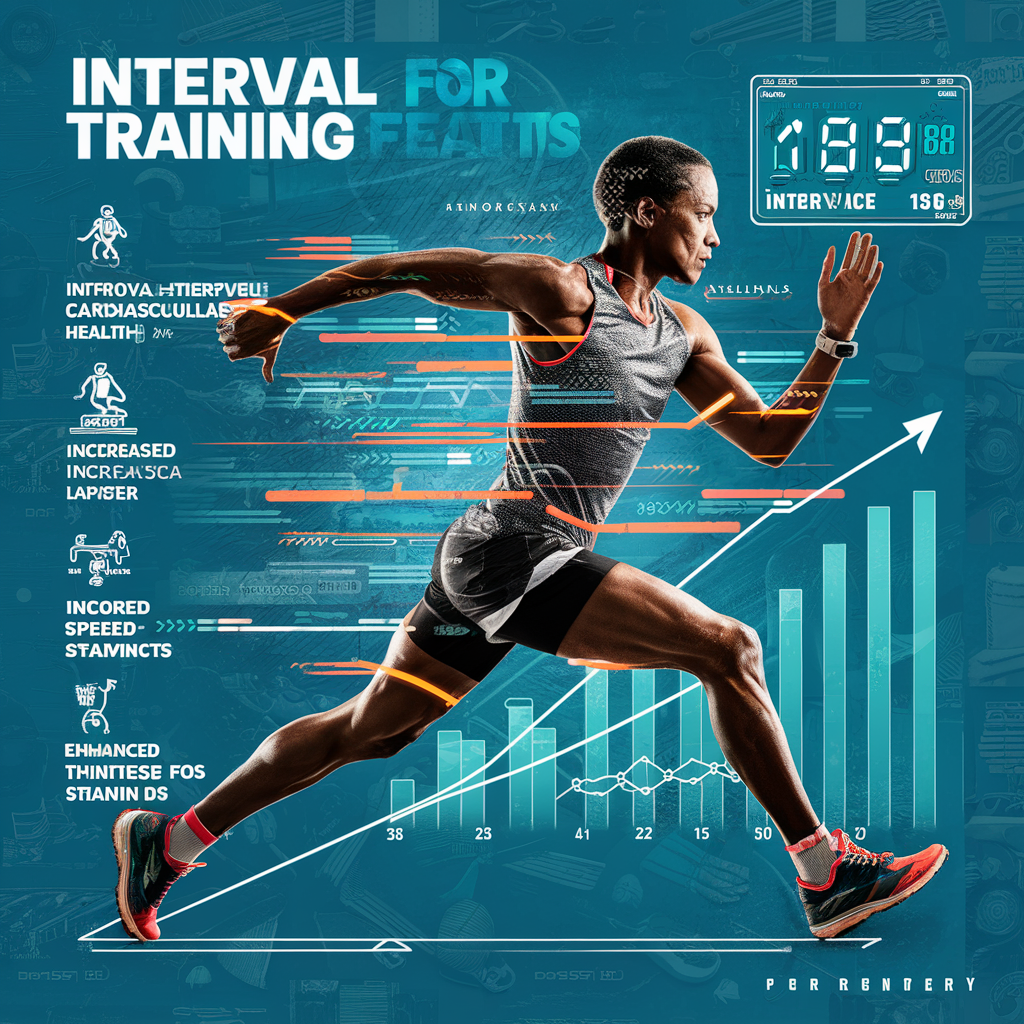Revolutionary Strength Training Hacks That Will Change Your Workout Forever
When you step into a gym, you might feel a mix of excitement and intimidation. The clang of weights, the rhythmic thudding of feet on treadmills, and the occasional grunt of someone pushing their limits can create an atmosphere that’s both motivating and overwhelming. But here’s a scenario that strikes me: what if you could turn that intimidation into empowerment with a few revolutionary strength training hacks? Let’s dive into some strategies that promise to not only enhance your workout but could genuinely change the way you approach strength training forever.
The Power of Mind-Muscle Connection
Let’s start with something fundamental yet often overlooked: the mind-muscle connection. It’s a fancy term, but at its core, it means focusing your consciousness on the muscles you’re working during an exercise. Research suggests that this simple shift in mental focus can lead to greater muscle activation and growth. Seriously, it’s like flipping a switch—your muscles respond better when you actually think about them.
I remember the first time I truly grasped this concept. I was at the gym, half-heartedly doing bicep curls while scrolling through my phone (a rookie mistake, I know). A trainer walked by and said, “Are you lifting weights or just holding them?” That comment stuck with me. From that day forward, I focused on squeezing my biceps at the top of each curl, and boy, did I feel the difference. The hack? Simply concentrate on the muscle you’re working. It might feel a bit silly at first, but give it a try—you might be surprised by the results.
Embrace Variable Resistance Training
Have you ever noticed how your strength varies throughout a lift? You can often lift more at certain points in a movement than others. This is where variable resistance training comes into play. By incorporating bands or chains into your workouts, you can adjust the resistance throughout the range of motion, providing more challenge where you need it most.
For instance, if you’re doing squats, attaching bands can create more tension at the top of the movement when you’re typically stronger, and less tension when you’re weakest, at the bottom. It’s like having a built-in spotter that adjusts to your strength curve. Some studies suggest that this method can significantly improve your overall strength and explosiveness. I have to say, the first time I tried squats with bands, it felt like I was suddenly training like an Olympic athlete! (At least in my mind!)
Supersets: The Time-Saver’s Dream
Time is precious, and if you’re like me, you often find yourself juggling a busy schedule. Here’s where supersets can save the day. A superset involves performing two exercises back-to-back without rest. Not only does this method cut your workout time in half, but it also increases muscle fatigue, which can lead to greater gains.
For example, pairing a pushing exercise, like bench presses, with a pulling exercise, like bent-over rows, allows your muscles to recover while you’re working another group. This hack not only saves time but also helps maintain your heart rate, boosting your overall calorie burn. I can recall a particularly grueling workout where I paired push-ups with pull-ups, and let’s just say, the sweat was real! But the satisfaction of knowing I’d finished a full workout in under an hour was worth it.
Incorporate Unilateral Training
Unilateral training, or training one side of your body at a time, is a game changer. It’s not just about aesthetics; it helps in correcting imbalances, enhancing core stability, and improving overall strength. Think of it this way: if you’ve ever noticed one arm is stronger than the other (guilty as charged), unilateral exercises can help even things out.
Consider incorporating movements like single-arm rows or single-leg deadlifts into your routine. Not only will you work on strength, but you’ll also engage your core as you stabilize your body. I once had a gym buddy who could bench more on one side than the other, and after a few months of unilateral training, he not only balanced out his strength but also became a lot more functionally fit. It’s a win-win!
Utilize Tempo Training
Ever heard of tempo training? It’s one of those techniques that sounds a bit technical but is incredibly effective. The idea is to control the speed of your lifts, emphasizing the eccentric (lowering) phase of the exercise. For instance, instead of just powering through a squat, you might lower yourself over a count of four seconds before exploding back up. This hack can significantly increase muscle hypertrophy (fancy word for growth) and strength.
Many lifters overlook the eccentric phase, but it’s where a lot of the gains happen. (I once tried a tempo squat workout, and I felt like I was in slow motion—talk about a humbling experience!) But trust me, the soreness the next day was a reminder that I’d really worked those muscles. If you’re looking to shake up your routine, give this a go and watch your strength soar.
Active Recovery Techniques
Now, let’s talk about recovery—an aspect that too often gets sidelined in the pursuit of gains. Active recovery, which involves low-intensity exercise after your workout, can significantly enhance muscle recovery and growth. It might sound counterintuitive, but light activities like walking, cycling, or yoga can promote blood flow and help clear out lactic acid.
In my own experience, I’ve found that on days I don’t hit the weights, a leisurely bike ride or a gentle yoga session can do wonders for my soreness. It keeps me moving without adding stress on my muscles. Plus, it’s a great way to clear my mind after a long week. So, if you’re feeling sore after a tough workout, instead of plopping down on the couch, consider engaging in some active recovery instead.
Nutrition Timing: The Window of Opportunity
Sometimes, it feels like you could lift a truck, but if your nutrition isn’t on point, it can really hold you back. The timing of what you eat around your workouts can have a massive impact on your strength gains. In particular, consuming protein and carbohydrates before and after your workout can help fuel your performance and aid in recovery.
I’ll never forget the time I neglected to eat before a workout. I was halfway through my routine when I suddenly felt like a deflated balloon. Now, I prioritize having a balanced snack—like a banana with almond butter—before I hit the gym. It gives me the energy I need to power through, and I can feel the difference. So, if you’re not already doing so, start thinking about fueling your body the right way. It’s not just about what you eat; it’s about when you eat it.
Explore Different Modalities
Strength training doesn’t have to be confined to the weight room. Exploring different modalities—like kettlebells, resistance bands, or even bodyweight exercises—can keep your workouts fresh and challenging. Each of these tools offers unique benefits and can target muscles in ways that traditional weights might not.
For instance, kettlebells are fantastic for developing explosive power and improving your grip strength. I remember the first time I swung a kettlebell; it felt awkward at first, but once I got the hang of it, I couldn’t believe how much more I was engaging my core and stabilizing muscles. Adding variety to your workouts can prevent boredom and plateaus. So, don’t be afraid to mix it up—your body will thank you!
Rest: The Unsung Hero
Let’s face it—rest is often the unsung hero of strength training. We live in a culture that glorifies hustle and grinding through workouts, but the truth is, rest and recovery are just as important as the workouts themselves. Overtraining can lead to burnout, injuries, and stagnation in strength gains.
In my early days of lifting, I had a tendency to push through fatigue, thinking it was the path to progress. Spoiler alert: it wasn’t. Now, I make it a point to incorporate rest days into my routine. Whether it’s taking a full day off or simply reducing the intensity of my workouts, I’ve learned that giving my body a chance to recover leads to better results in the long run. So, don’t underestimate the power of rest—it’s not a sign of weakness but a strategy for success.
Set SMART Goals
Lastly, let’s talk about setting goals—specifically, SMART goals. You know, Specific, Measurable, Achievable, Relevant, and Time-bound. These aren’t just buzzwords; they’re a framework for success. Setting clear, attainable goals can provide direction and motivation as you navigate your strength training journey.
For instance, instead of saying, “I want to get stronger,” try something like, “I want to increase my deadlift by 20 pounds in the next two months.” This gives you a clear target to aim for and helps you track your progress. I recall setting a goal to increase my squat weight, and having that specific target gave me the motivation to push through tough workouts. It’s all about finding what works for you and keeping yourself accountable.
Conclusion: Your Journey Awaits
As you embark on this journey of incorporating these revolutionary strength training hacks, remember: it’s not just about lifting weights; it’s about lifting your potential. Each of these strategies has the power to transform your workouts and help you achieve results that you might have thought were only possible for seasoned athletes.
So, whether you’re a beginner or a seasoned lifter, don’t hesitate to experiment with these hacks. It’s about finding what resonates with you and adapting it to your unique journey. After all, the gym should be a place of exploration, growth, and maybe even a little bit of fun (who knew that sweating could be so satisfying?).
Now, go out there and give these hacks a try—your future self will thank you!




